
WITH the Government poised to ban peat by 2024 and TV gardener Monty Don recently describing peat harvesting as ‘an act of eco-vandalism’, demand for peat-free compost is set to go through the roof.
Most current peat-frees contain ingredients such as bark, coir, wood fiber or composted green waste, but there isn’t enough to meet demand (AG, 23 October), leaving the industry in a race to find novel materials to replace the 2.3million cubic meters of peat used by UK horticulture every year.
Paludiculture, where sphagnum moss is commercially grown, is being hailed as an eco-friendly alternative to digging-up peat bogs. Garden expert and AG columnist Peter Seabrook said he has seen the technique in action on reflooded, cut-away bogs on the DutchGerman border, with sphagnum-planted areas ‘annually recovering a five to seven-centimeter layer of peat’.
Sphagnum trials take off
One UK company pioneering a different approach is Leicestershire-based BeadaMoss. In an Innovate UK-funded project with partners, sustainably micro propagated sphagnum has been successfully grown on an agricultural grassland site where, after two to three years, it was harvested, dried, and processed before being mixed with other compost ingredients such as bark.
Esta historia es de la edición November 20, 2021 de Amateur Gardening.
Comience su prueba gratuita de Magzter GOLD de 7 días para acceder a miles de historias premium seleccionadas y a más de 8500 revistas y periódicos.
Ya eres suscriptor ? Conectar
Esta historia es de la edición November 20, 2021 de Amateur Gardening.
Comience su prueba gratuita de Magzter GOLD de 7 días para acceder a miles de historias premium seleccionadas y a más de 8500 revistas y periódicos.
Ya eres suscriptor? Conectar
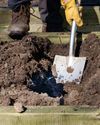
To dig or not to dig?
Should we be carrying out a full dig on plots now? Bob considers the pros and cons of the 'autumn dig' debate
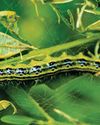
The box ball blues
As if his beleaguered box hadn't already taken a beating, Toby now has to deal with some hungry box caterpillars
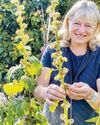
Save your own seeds
Masterclass on: seed saving
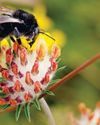
Strange sightings
Three unusual insects turn up in Val's garden in one day

A bolt from the blue!
Cornflowers are perfect for garden and vase
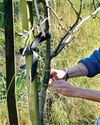
Winter moth prevention
Ruth shows you how to avoid maggoty tree fruits

Create a winter container
There are as many options as in summer
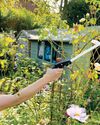
Lightweight gardening tools
AS well as being good for our mental health, gardening is also great exercise.

Autumn price round-up
AG finds better bargains in lesser-known brands
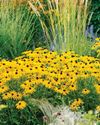
Rudbeckias
Rudbeckias are ideal for sunny summer patios and borders, with some able to survive our coldest winters